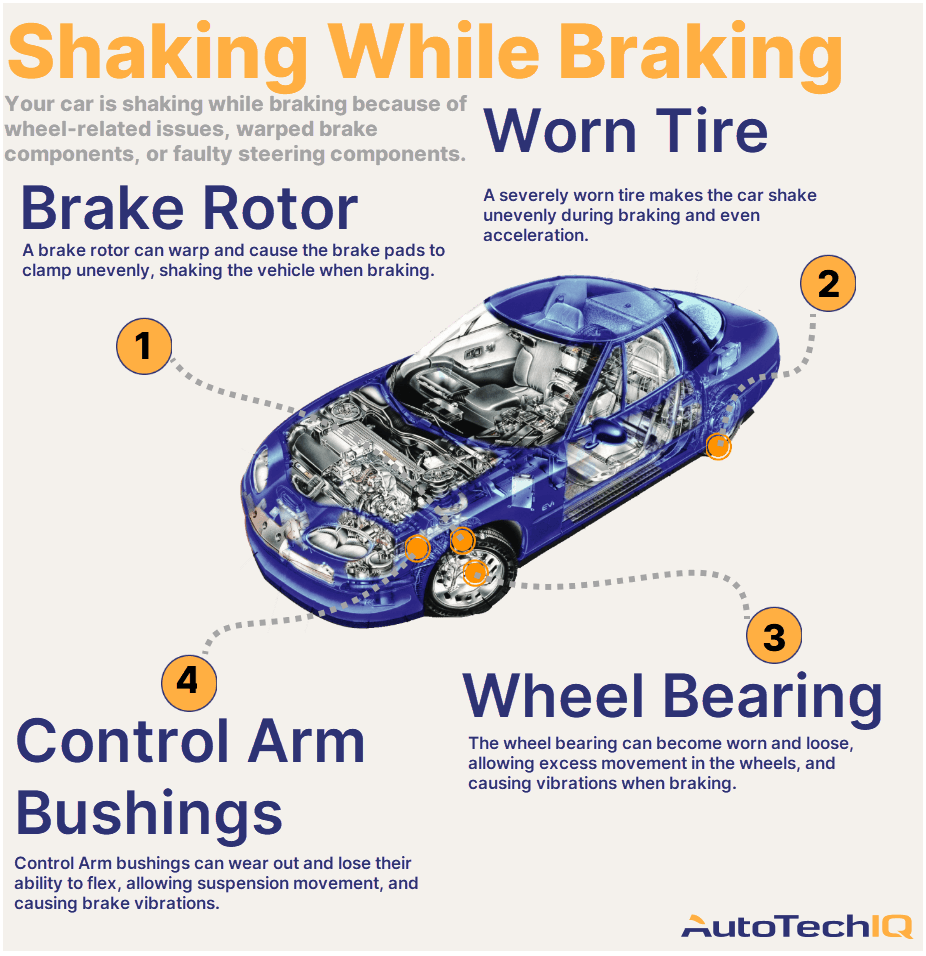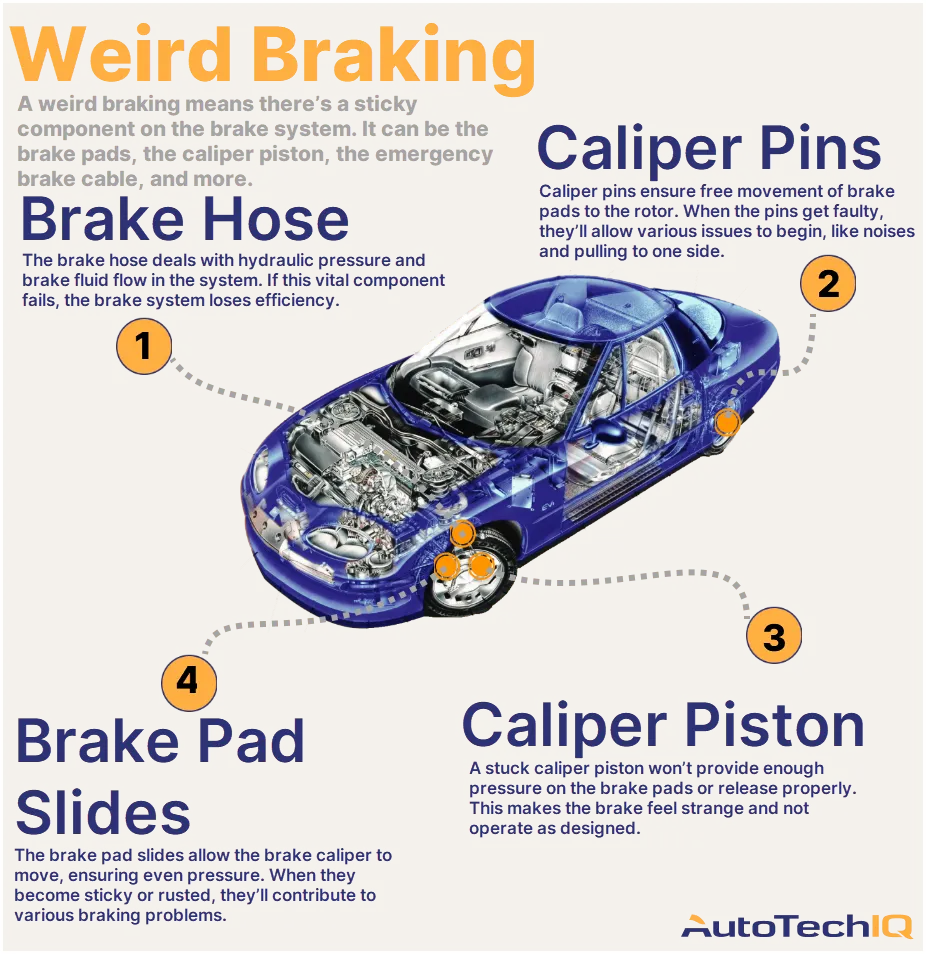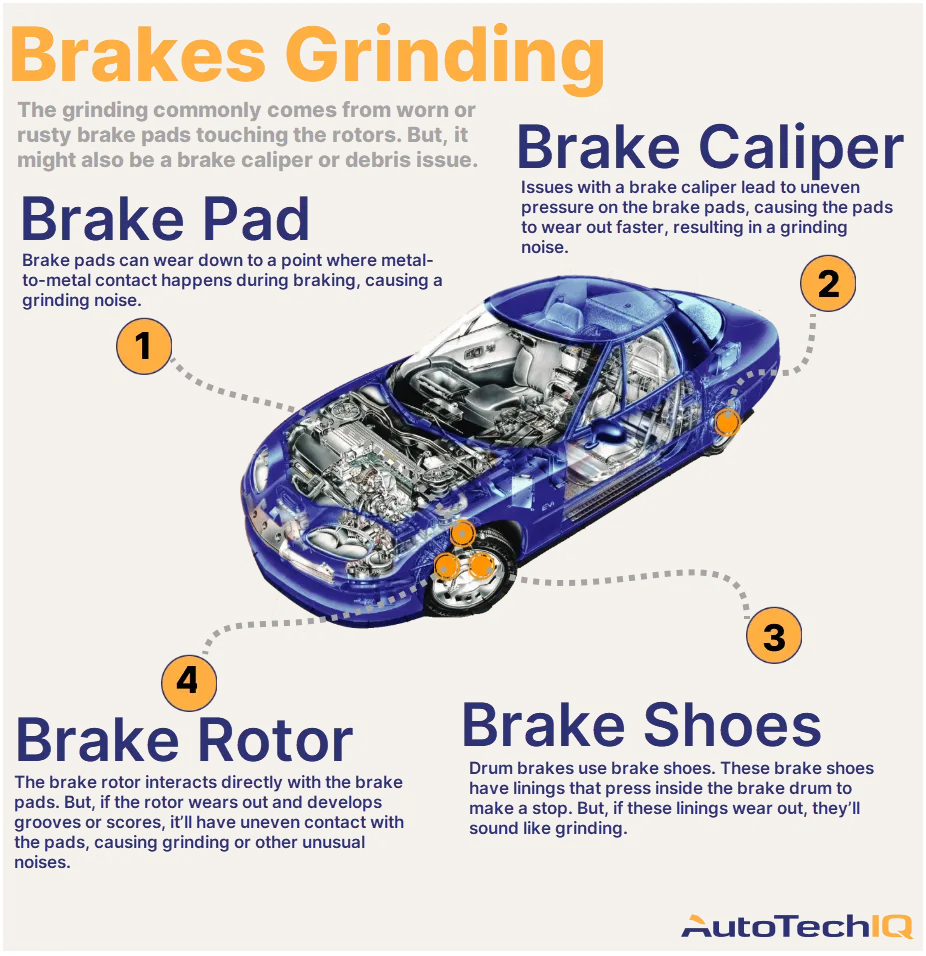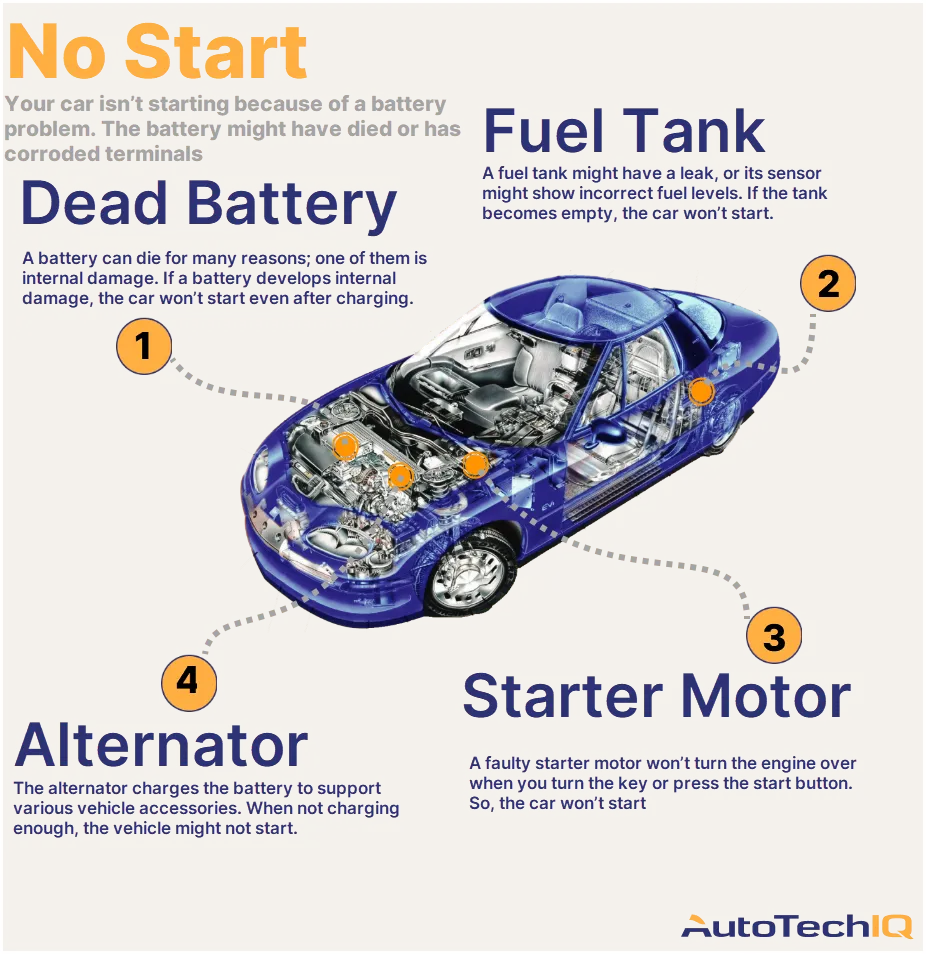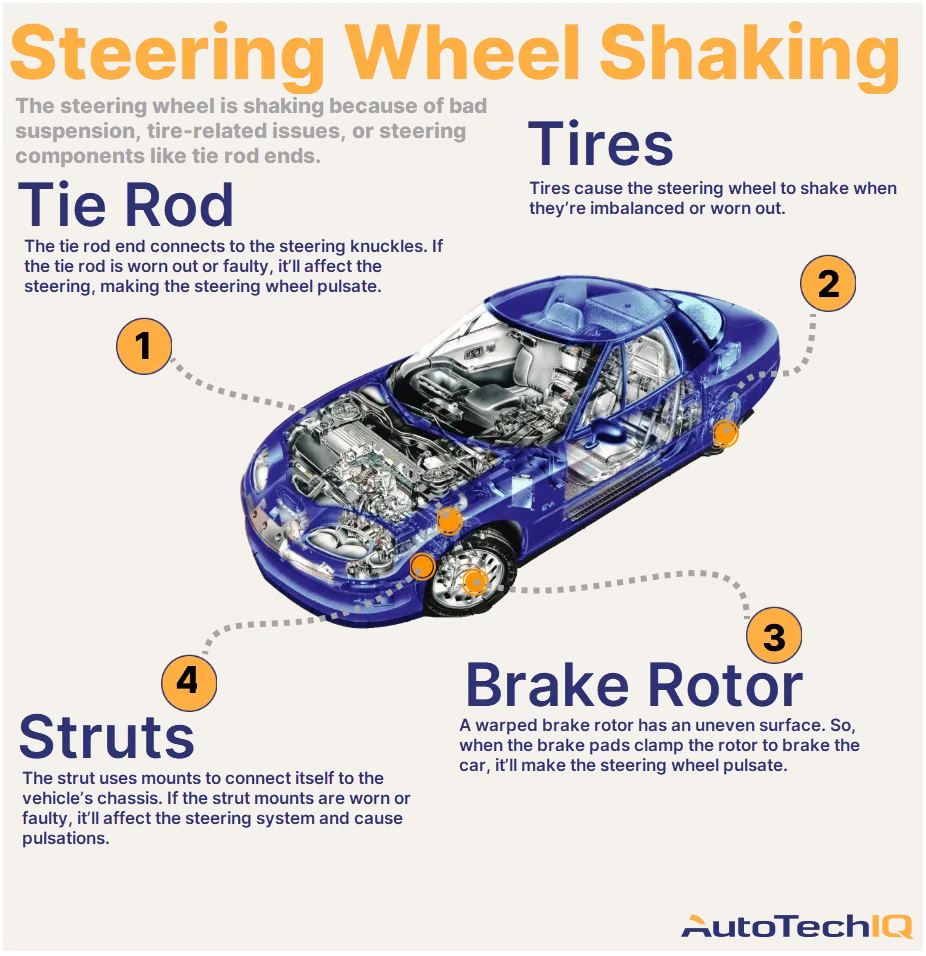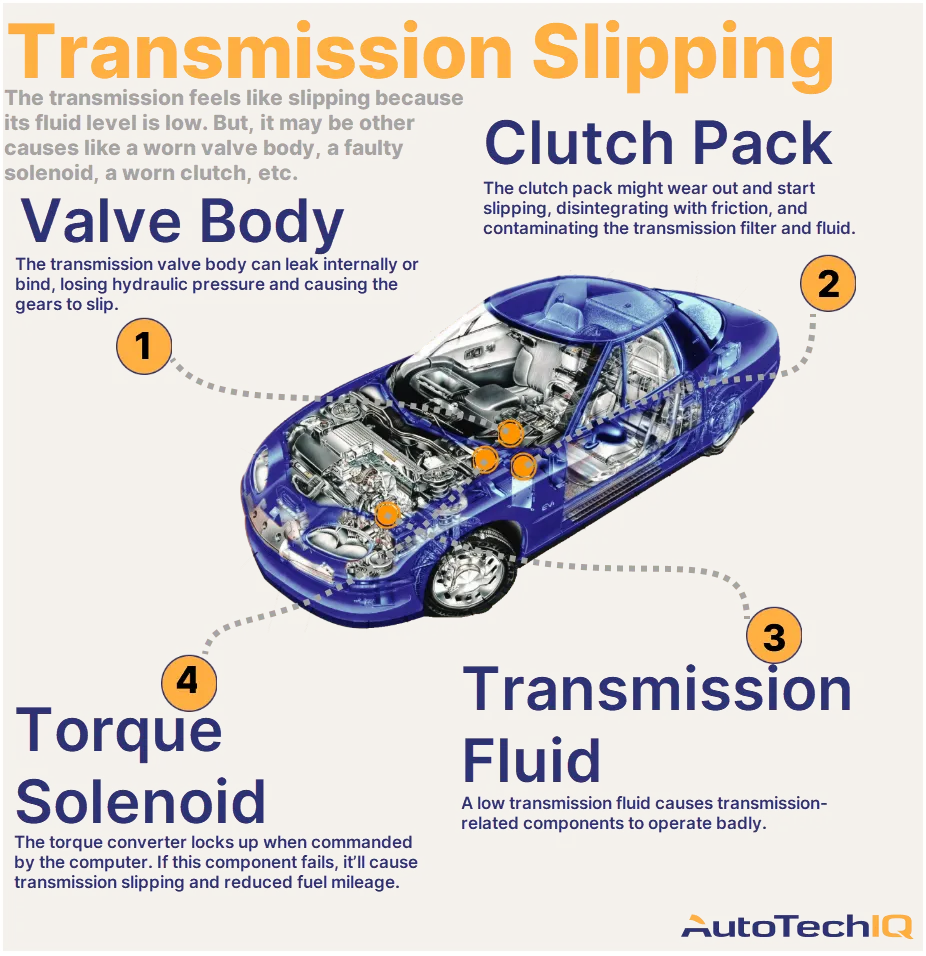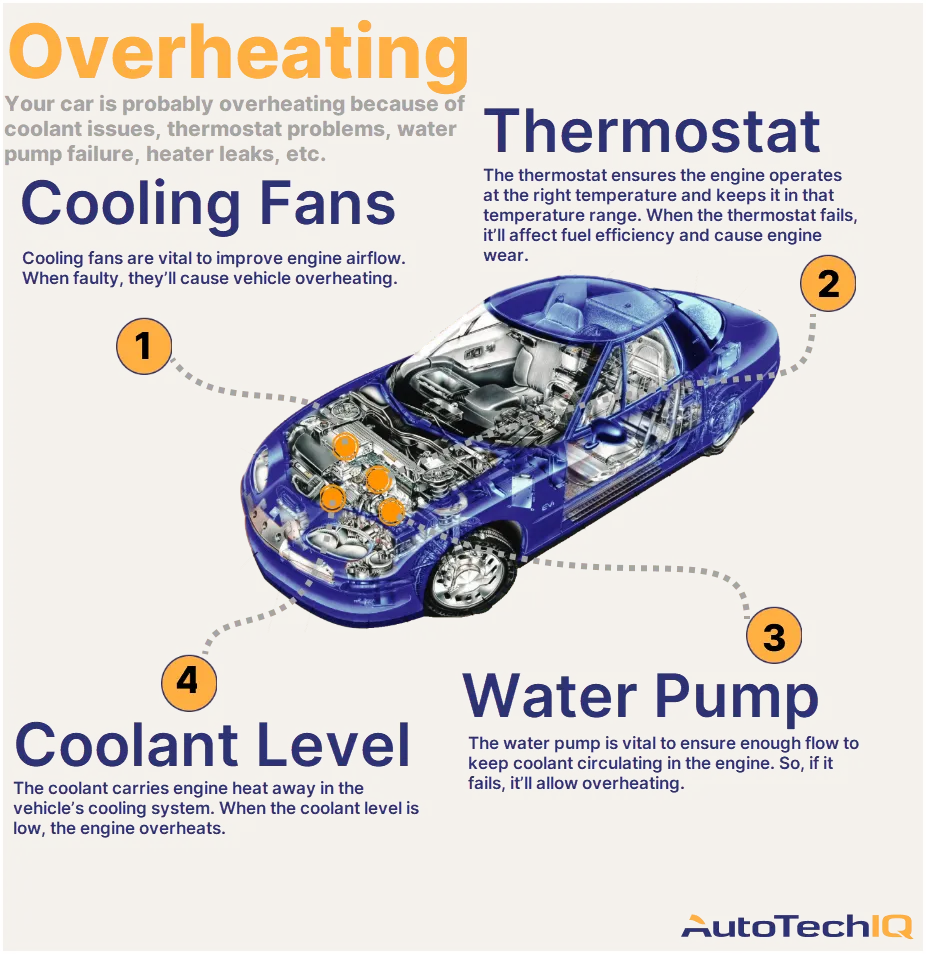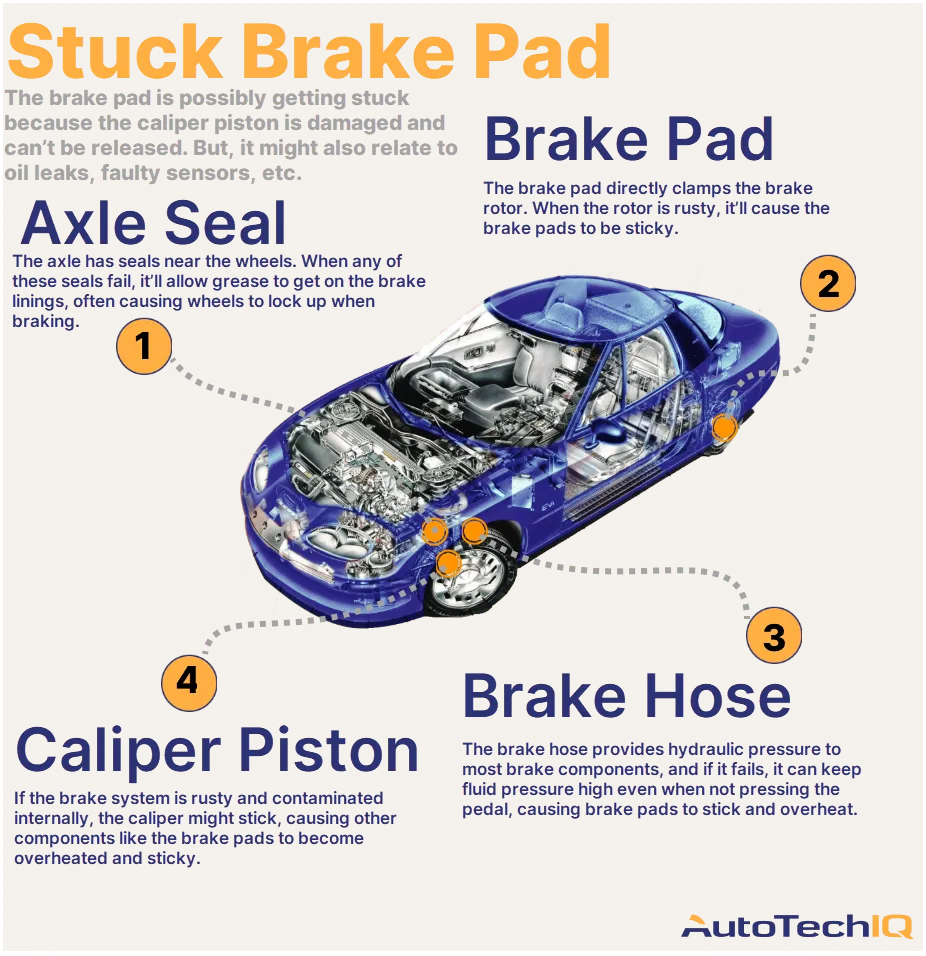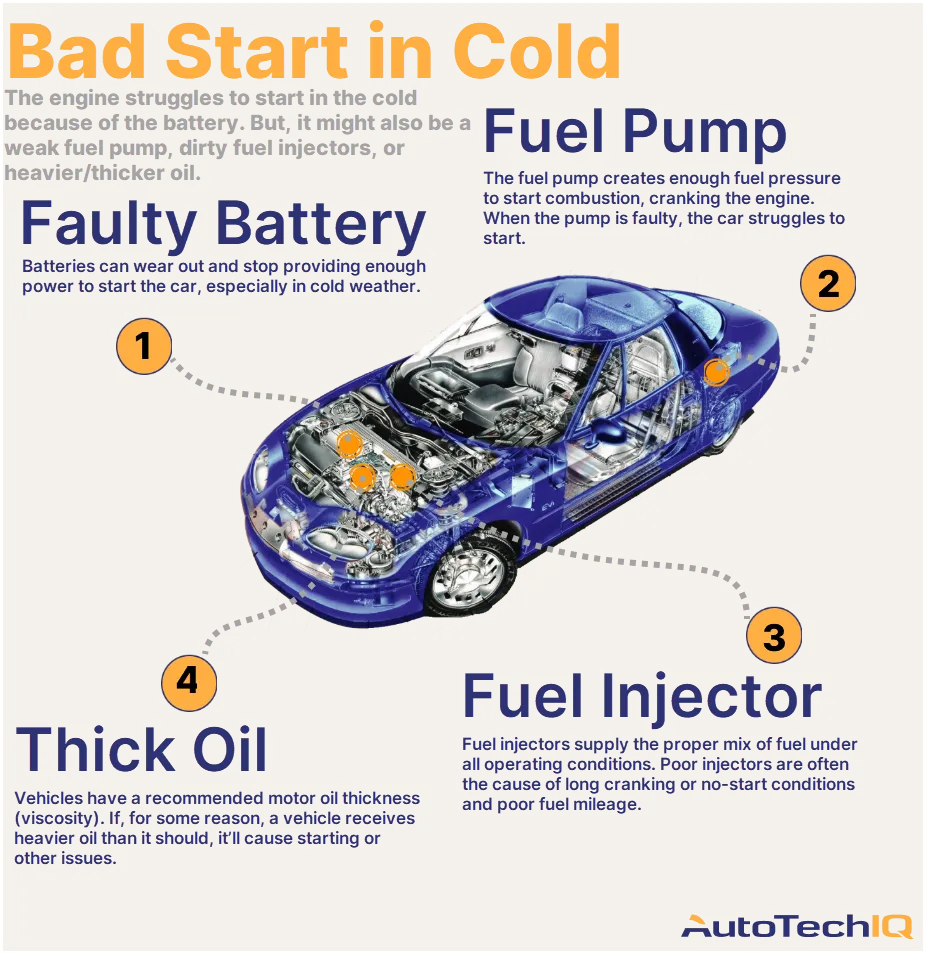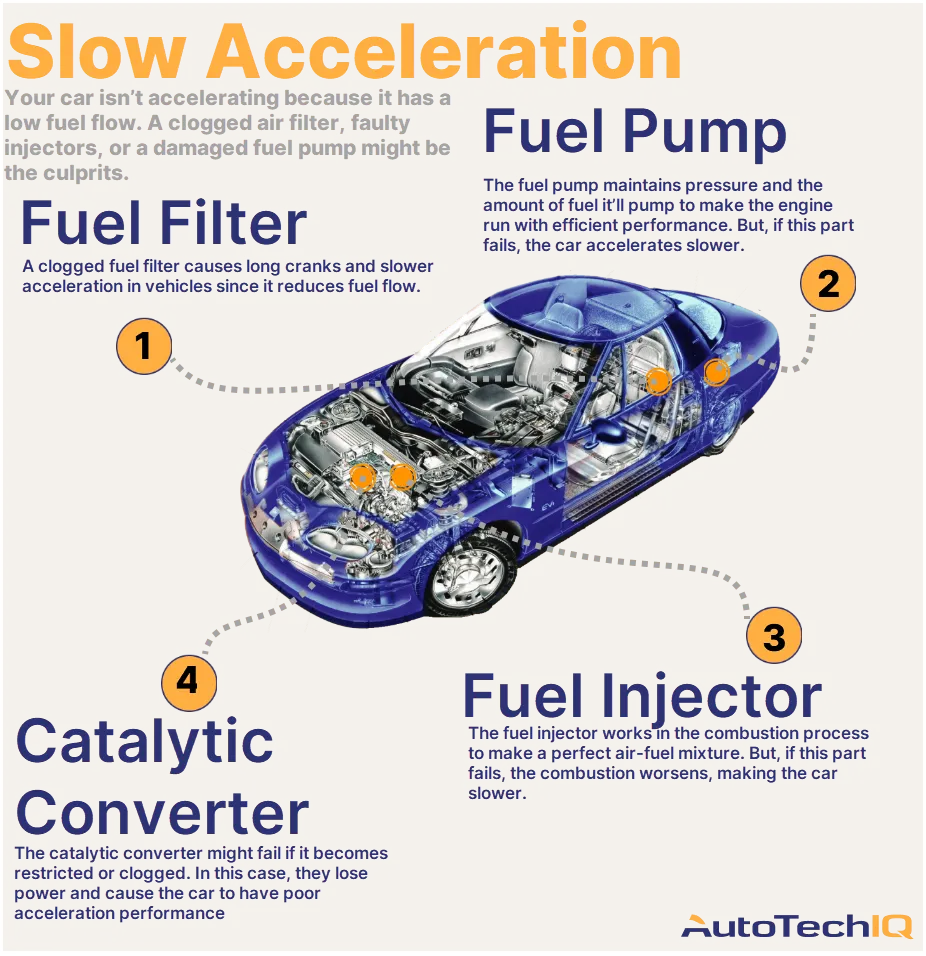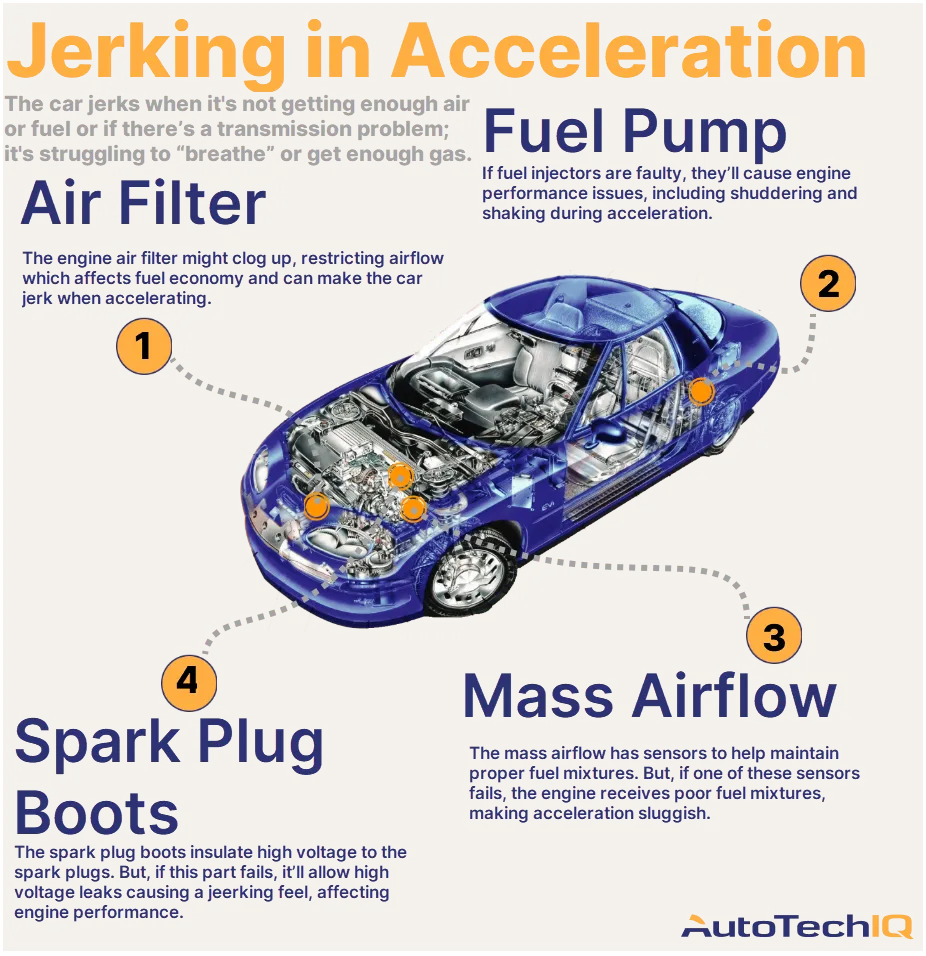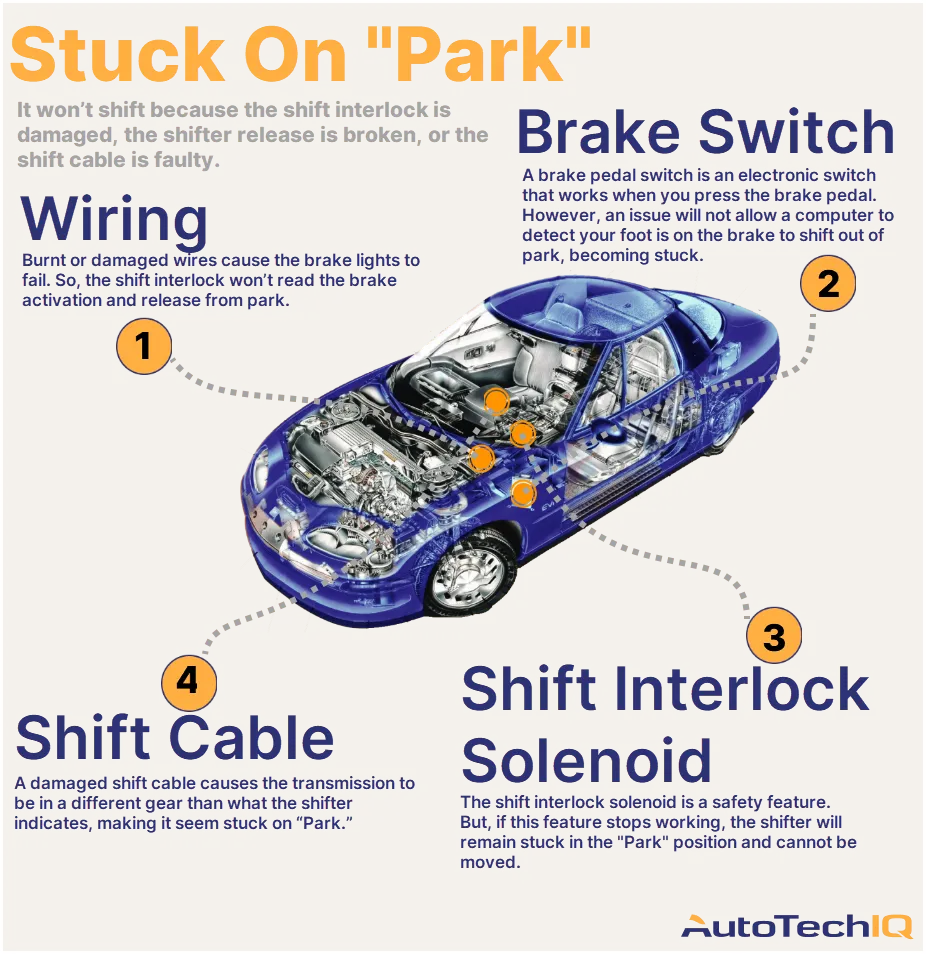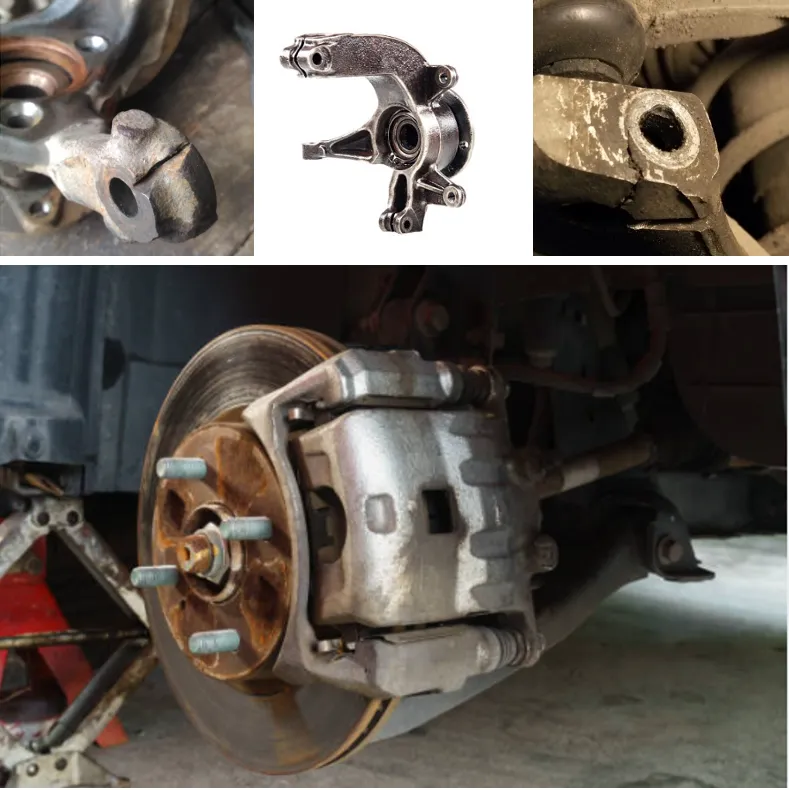
The steering knuckle is a component of the front and rear suspension that serves as the base for the hub, onto which the wheel is mounted. The steering knuckle is an assembly that enables the car's wheels to turn left and right. Thanks to its proper function, the car is able to execute turns.
Main symptoms of a faulty steering knuckle include:
- The car pulls to different sides and the issue persists even after checking wheel alignment;
- You notice that the wheels are turning at a smaller angle than before.
The steering knuckle is made of high-strength steel and usually only fails due to significant impacts. Additionally, the bearing hole in the hub is the part most susceptible to wear.
Like any other suspension component, the steering knuckle experiences elevated stress and requires regular diagnostics. Due to intensive use and driving on uneven roads, the part is subject to wear. Cracks can form on it, as well as signs of wear in the pin holes, thread deformation, and geometry issues with the steering knuckle itself.
Repair and replacement of the steering knuckle should be performed in a professional auto service center. Because this part connects to other important suspension elements, they might also require replacement or repair.
Moreover, the technological process of replacing suspension parts requires a specific torque for tightening each element, according to the manufacturer's guidelines. Violating these standardized values will lead to premature failure of ball joints, wheel bearings, kingpins, and other suspension components. In other words, the desire to save money can result in additional expenses. Safety during driving will also be compromised.
The repair of the steering knuckle begins with a detailed diagnostic assessment of the suspension's condition. The diagnosis is carried out using specialized equipment to determine the degree of wear. In some cases, this may allow for a simple repair of the knuckle. However, it should be noted that when the assembly is generally intact, and the axle surfaces are unblemished, but a small crack is identified during diagnosis, it is better to replace the steering knuckle. This is because the parts are made of cast iron, which loses its density when subjected to welding. As a result, the part may simply crack while in motion.
During subsequent assembly of the suspension, which is performed in reverse order, all fasteners must be brand new. Also, be sure to clarify the warranty terms for the diagnostic work, repair, and replacement of the steering knuckle at the auto repair shop to avoid additional expenses in the future.


